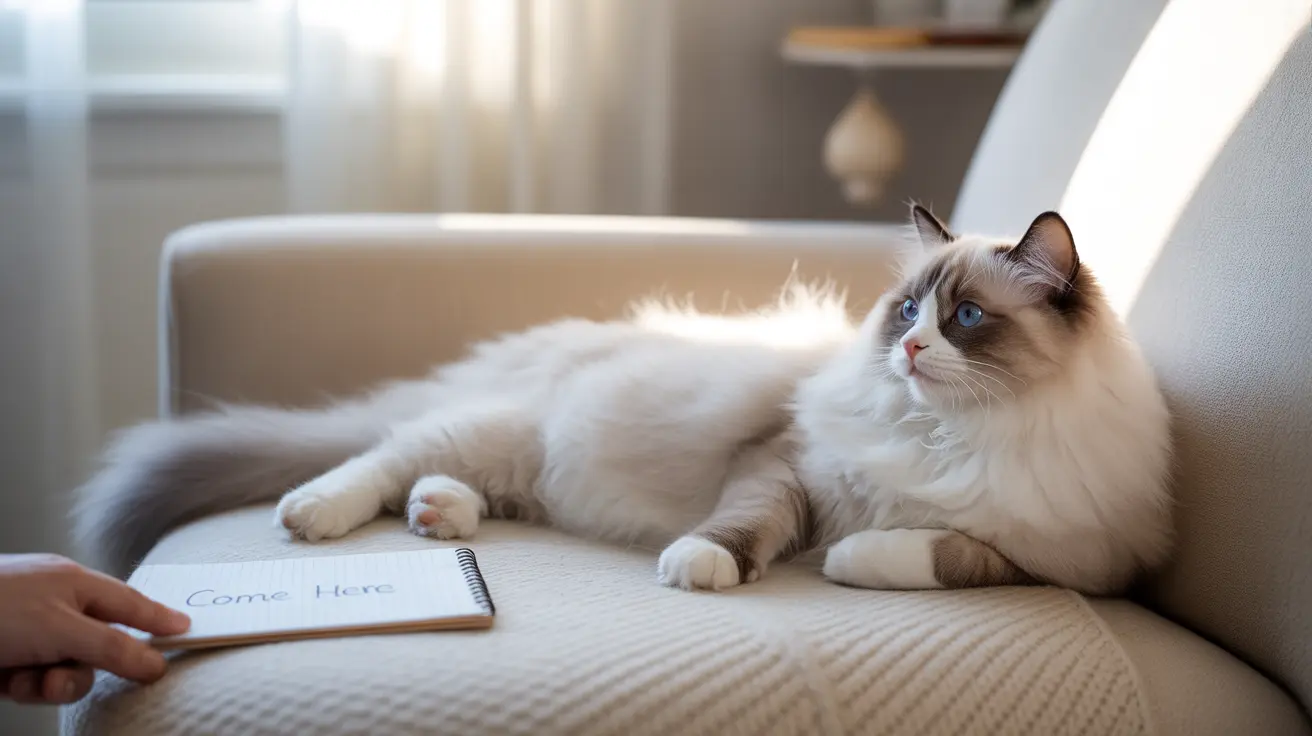The Science Behind Lap-Avoiding Cats
Cats have distinct personalities shaped by both nature and nurture. Research shows that early socialization between 3-10 weeks of age plays a crucial role in determining how comfortable a cat will be with human contact. Cats who missed this critical window may be less likely to seek lap time, though this isn't always permanent.
Breed and Genetic Influences
While every cat is unique, certain breeds are naturally more independent. American Shorthairs and Norwegian Forest Cats typically prefer their space, while Ragdolls and Maine Coons are often more inclined to cuddle. However, individual personality always trumps breed tendencies.
Age and Life Stage Factors
Your cat's age can significantly impact their lap-sitting preferences. Kittens often seek warmth and security through close contact, while adolescent cats may become more independent. Senior cats might return to lap-sitting habits as they seek comfort and warmth in their golden years.
Common Reasons for Lap Avoidance
Trust and Past Experiences
Cats who have experienced trauma or negative associations with human contact may be hesitant to sit on laps. This is especially common in rescued cats or those who associate laps with unpleasant experiences like medication or grooming.
Environmental Factors
Sometimes the issue isn't personal at all. Your cat might avoid your lap because:
- The room is too warm
- Your sitting position feels unstable
- There's too much activity or noise nearby
- They prefer elevated perches or specific surfaces
How to Encourage Lap Sitting
Creating Positive Associations
Never force your cat onto your lap. Instead, make your lap an inviting space:
- Place their favorite blanket on your lap
- Offer treats while they're near you
- Keep a calm, quiet environment
- Use gentle praise when they show interest
Building Trust Over Time
Patience is key when encouraging lap sitting. Start by:
- Allowing them to sit near you without pressure
- Respecting their boundaries when they want to leave
- Maintaining consistent, gentle interactions
- Creating predictable daily routines
Alternative Ways to Bond
If your cat simply isn't interested in becoming a lap cat, there are many other ways to build a strong relationship:
- Interactive play sessions
- Gentle grooming when they're receptive
- Speaking to them softly
- Simply being present in the same room
Frequently Asked Questions
Why won't my cat sit on my lap even though I want it to?
Cats have individual preferences based on their personality, early socialization, and past experiences. Some cats show affection in other ways, such as following you around or sleeping nearby.
How can I gently encourage my cat to become a lap cat without stressing it?
Create positive associations by offering treats, using soft blankets, and never forcing interaction. Let your cat approach on their own terms and always respect their choice to leave.
Does my cat's breed or age affect its willingness to sit on my lap?
Yes, both breed characteristics and age can influence lap-sitting behavior. Some breeds are naturally more independent, while age-related factors can affect a cat's desire for close contact.
What are common reasons cats avoid lap sitting, and how can I respect their boundaries?
Cats may avoid laps due to past experiences, temperature preferences, or simple personality traits. Respect their space and let them decide when they're comfortable with closer contact.
Can past experiences or socialization influence if a cat likes sitting on laps?
Absolutely. Early socialization and previous experiences with humans significantly impact a cat's comfort level with physical closeness. Cats with positive early experiences are more likely to enjoy lap sitting.
Remember, whether your cat sits on your lap or not doesn't reflect the strength of your bond. Focus on understanding and appreciating your cat's unique way of showing affection, and you'll build a lasting, meaningful relationship based on mutual trust and respect.






